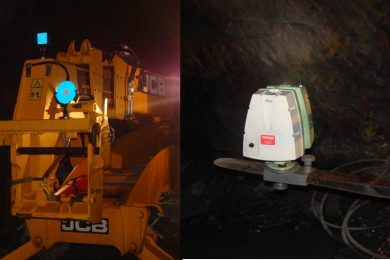Since the first colonisers arrived back in the 1500s, precious gold reserves have been explored in the dry lands of central and southeast Brazil. From pickaxes and manual classifiers to automatised extractors, with pressure washers and conveyor belts, the modern gold underground mining exploration has one more precious element to preserve: lives. Miners are in constant risk with galleries kilometres deep underground; daily dynamite explosions; and unstable walls and tunnels










